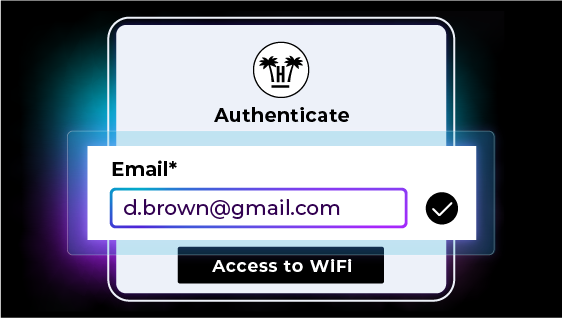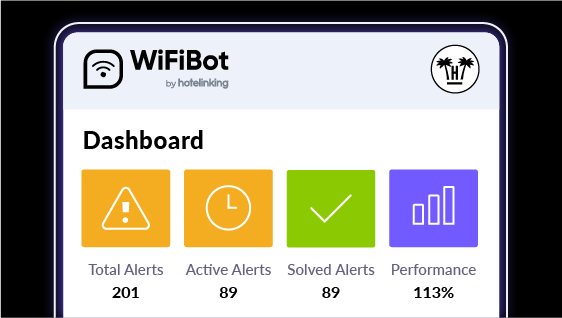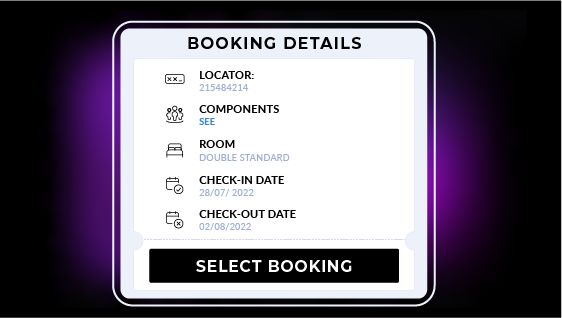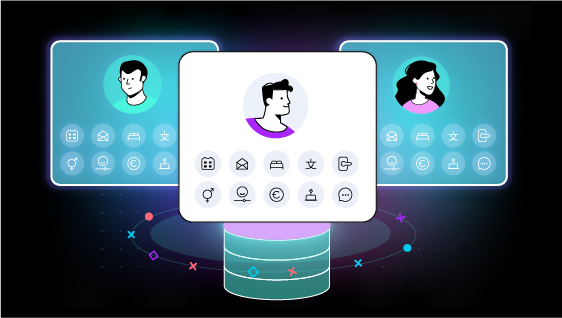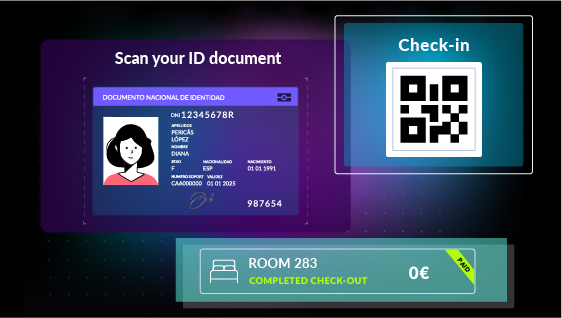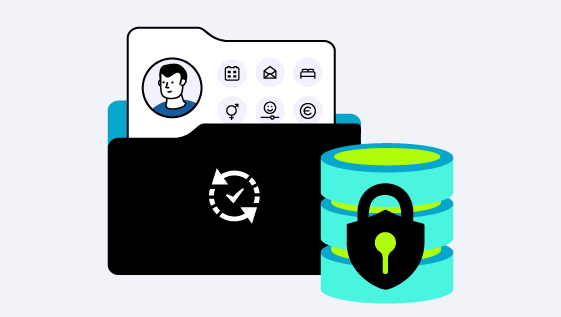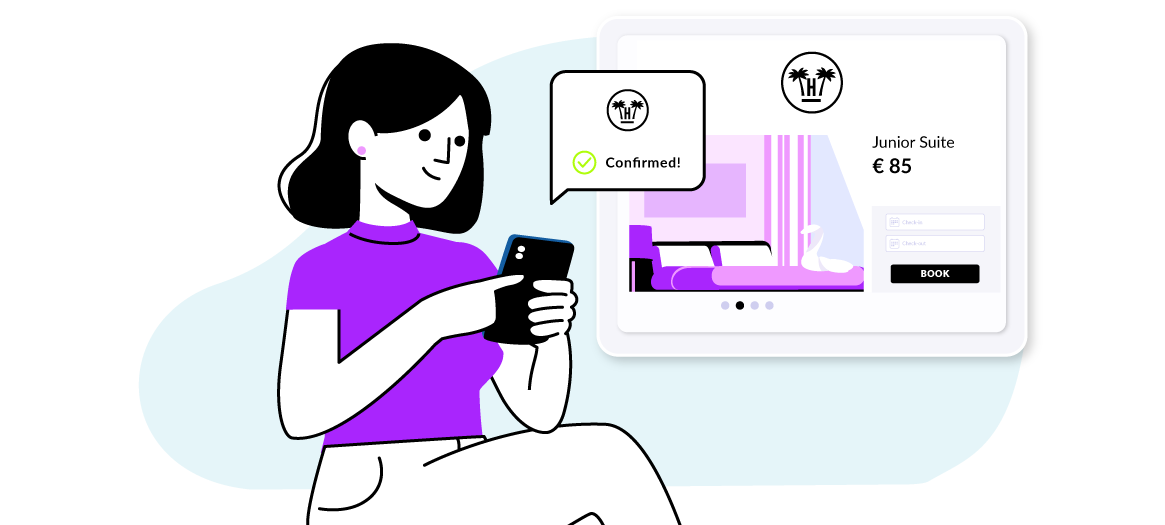
Why email marketing can help you disintermediate bookings.
Far from being obsolete, email marketing is still relevant and can help you build customer loyalty to increase your direct bookings.
Email marketing is a crucial tool for a hotel. This technique is one of the most used in online marketing due to its return on investment since campaigns can be 40 times more effective than Facebook and Twitter combined. And, if you compare the cost of launching email marketing campaigns versus other communication channels, it is truly profitable due to its low cost.
Another of the main benefits of email marketing is its scalability: campaigns can be launched on a large scale to many recipients optimising the time and resources available.
Besides, by using segmented customer lists based on the information that a hotel holds about its guests, the results of the campaigns can be further maximised. For example, if you have a specific CRM for hotels, you can send emails at the most appropriate time in the purchasing cycle while customising the content with specific and relevant information for each defined customer segment. This email segmentation and personalisation help increase the opening rate and ensure better conversion.
Good email marketing practices for hotels
In order to compose a good email, as we have mentioned, we must pay close attention to the guest segmentation because depending on this, different types of content are created, such as welcome emails, hotel openings, new service launches, early booking discounts, special promotions by destination, special offers on specified dates, by customer type, nationality, etc.
But, beyond all of this, there are several basic rules to follow to enhance the effectiveness of an email:
1. Quality and added-value information
Email marketing is the most direct communication channel a hotel has with its customers, so emails must provide real value.
If customers receive the same advantages as in an OTA, they will not be willing to receive messages. It is crucial that any benefits offered by this channel are perceived as exclusive by the recipient.
Content is crucial to achieving conversions, but so is the user experience through design. Therefore, the text and other elements that make up the message have to be balanced and comply with composition/design rules and copywriting and usability techniques so that the recipient is interested and understands what is being offered.
Another aspect that should be paid special attention to is the email subject and the call to action, which is essential for the recipient to know what action we want them to take.
2. Emailing planning and timings
When we think about launching email marketing campaigns, two concerns arise: what is the right frequency and the most appropriate time of day to send them.
The cancellation rate can help resolve the first question because it gives an idea of whether the frequency can be increased or too many emails are being sent.
When it comes to hospitality, it is advisable to send at least a campaign a month and up to seven. In other words: that each user is impacted a maximum of 12-20 times during a financial year, as long as they have not booked.
The reality is that the answer varies depending on the region, industry, customer type and content being sent.
However, an elaborate communication strategy, where communications deliver the right messages to the right guests at the right time, will maintain higher opening rates regardless of the exact time of delivery.
3. A good database: the key to successful email marketing
The customers and potential customers list is the basic cornerstone to be able to apply this marketing technique. The most important thing in order to build a good database, is to have quality data because the segmentations depend on them.
The first step, before planning to send email marketing campaigns, is to analyse the database, purge it if necessary and see what segmentations are possible based on the data that exists for each user.
How to create a guest database
Beyond the basic contact information, that is, the guest’s email, nationality, age, language and gender, it is also necessary to know their preferences in terms of destinations, services, complementary activities, consumption habits, booking trends, etc. Having this entire data universe, the so-called Hotel Data, is essential to significantly increase the success of loyalty and marketing campaigns.
The PMS is the hotel’s primary source of customer data; however, it does not store customer information from commissioned channels. This information is essential to be able to build a useful guest database for marketing activities.
The options left for the hotel to complete the missing data for each guest are manual collection upon check-in or check-out or automated collection, which is much more effective.
One solution is to collect contact details via the property’s WiFi. Thus, when guests try to access the Internet, they search for the hotel’s Wi-Fi network, select it and connect through a form. It allows hotel properties to collect quality and verified data in compliance with the GDPR.
This information collected through the Captive WiFi Portal can be further enriched if it is implemented with the PMS data to have more detailed customer profiles that allow greater awareness of the target audience.
Another method of obtaining guest information is an online check-in system. In this case, it is not the receptionist butguests themselves who complete the check-in form (name, ID, reservation details, mainly) from a website or online application through any device before arrival at the hotel. In a few seconds, he data will be transferred automatically and online to the PMS without involving the staff, kiosks or apps that the guest has to download.
Case study
All this information collected through both systems contributes to developing marketing and loyalty campaigns with more precise and, therefore, more effective segmentations capable of attracting new customers and diverting bookings from commissioned channels to the direct channel of those repeat customers.
As proof of the power of email marketing, in this case we consider the case of an independent hotel that uses a digital data capturing system over four years.
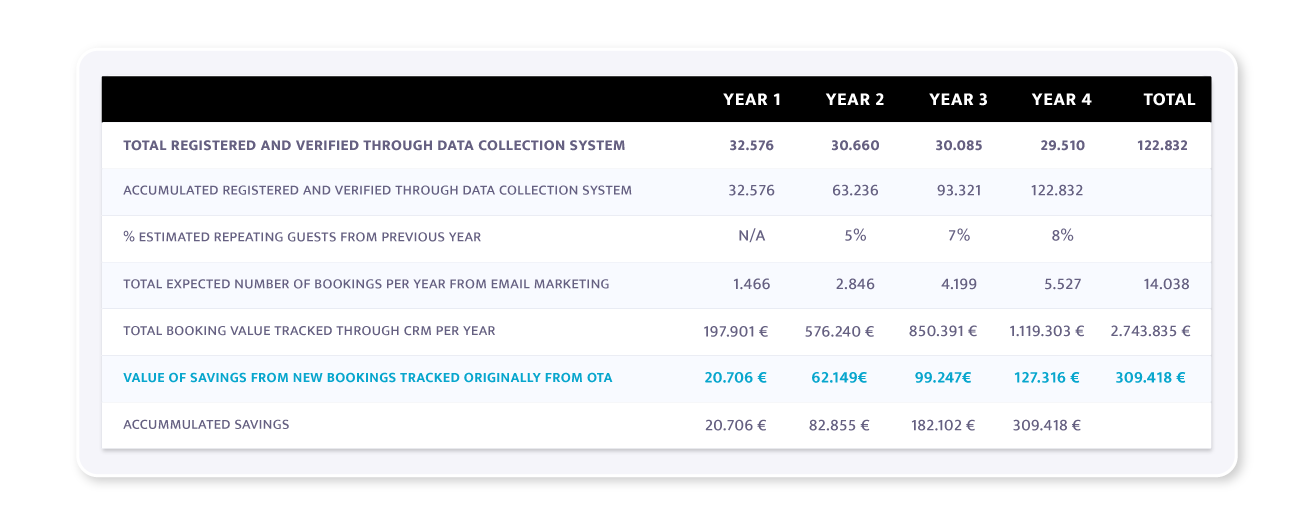
The tables show how the number of contacts increases as time goes by and, consequently, the value of bookings generated by email marketing campaigns and the savings in commissions from repeat customers that came from a commissioned channel.
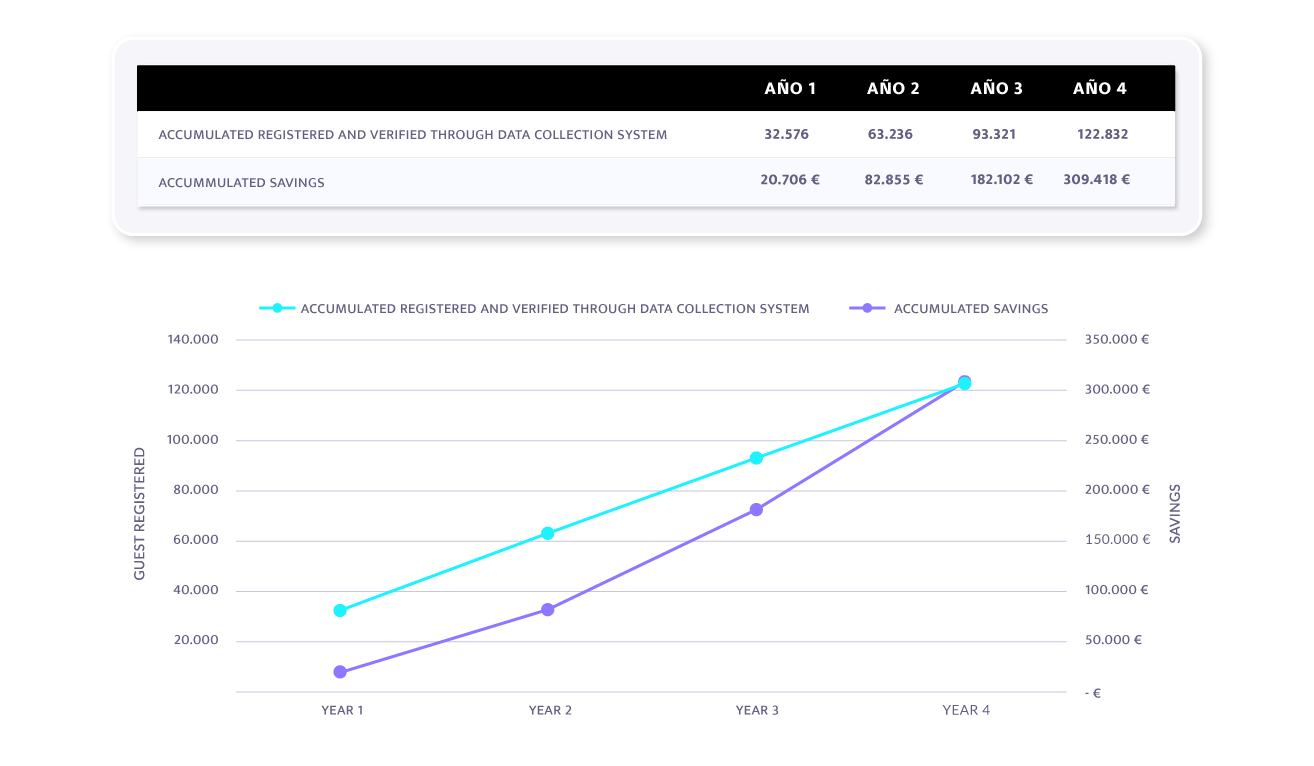
You can check the full tables with all the data, here:
